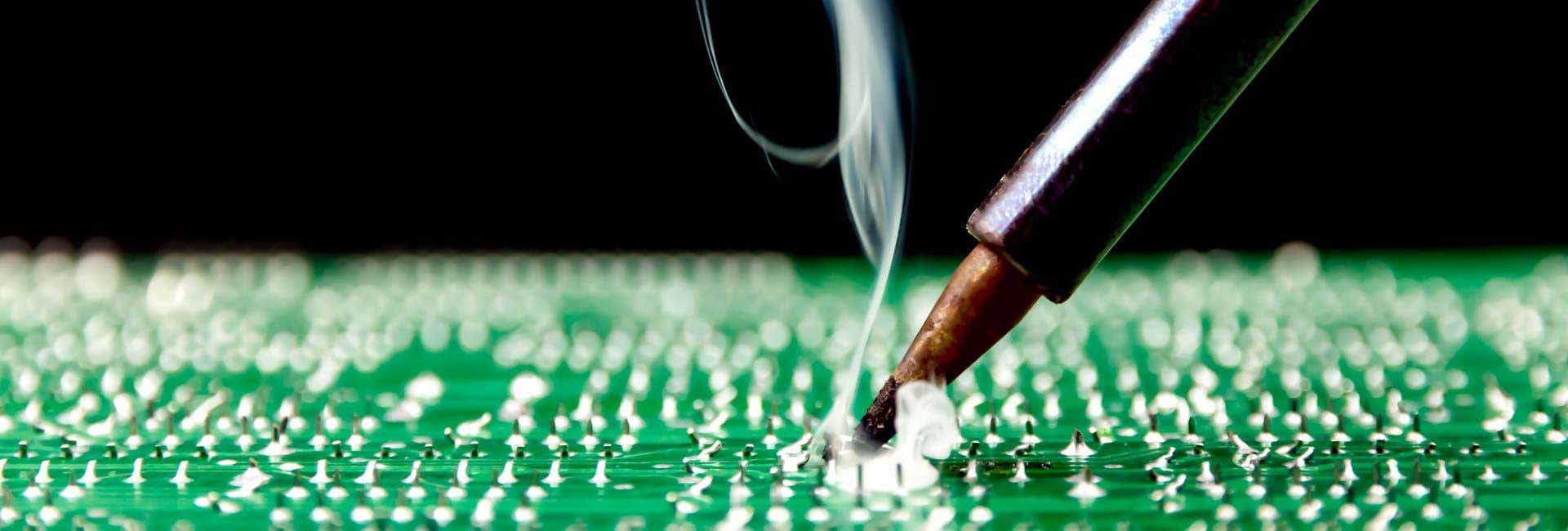Solder materials
Designing high-performing solder materials

Designing high-performing solder materials

Soldering joins two or more objects by melting a filler material between the joint. In commercial printed circuit boards (PCBs), various techniques such as wave soldering or reflow soldering are used to realize the scale. Soldering material is usually a mix of flux and soldering metal powder, particularly in reflow soldering. When joining metal surfaces together, the particle size and particle shape of the solder materials used play an important role in final product performance. Solder materials are often applied through a screen or stencil and heated to melt the particles, which then fuse to form a smooth metal bond. Incorrect particle size or shape can lead to unreliable printing, or increased oxidation resulting in poor bonds. In addition to the particle size and shape, the melting point of the soldering material is largely governed by its alloy composition. So, the alloy composition is another control parameter while designing the high-performing soldering materials.
Malvern Panalytical instruments make it easy to measure particle size and shape and the chemical composition of soldering materials during research and development, and for quality control during solder manufacture in order to: